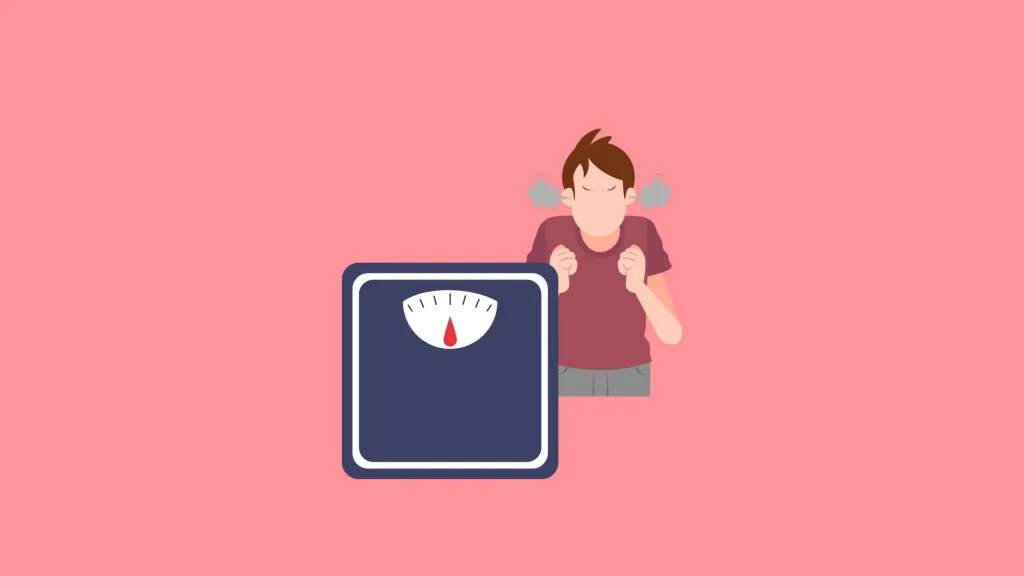You are eating healthy, exercising regularly, losing weight consistently…and all of a sudden you stall out. In this article, I am going to show you the NO B.S. Approach to how to break a weight loss plateau.
Here’s what other blogs or coaches will tell you:
- cut out carbs
- just fast
- cut your calories more
- do more cardio
- stop eating bread
While some of these suggestions are not terrible, they may not actually be what you need, and some of them may even be COMPLETE B.S.
Did It Actually Stall? Or are you just being impatient?
We know that in order to lose weight, you need to be in a calorie deficit. In other words, eating less calories than your body burns. So before all the Karens start sending me emails about how they are eating 1200 calories and STILL NOT LOSING FAT, you need to know this:
Without a calorie deficit, fat loss is not possible. It’s just not.
No matter how much people want to argue this, and don’t want it to be true, it still is true.
However…
You should also be doing these 5 things:
- Eating in a calorie deficit
- Strength Training 3-4x a week
- Getting 7-9 hours of sleep
- Eating sufficient protein
- Walking 7-10k steps/day
If you aren’t doing one of these 5 things, chances are you are missing a piece of the fat loss puzzle.
You haven’t actually plateaued…
There are a few reasons why you may not actually be plateaued, you just think you are:
- Only using the scale.
- Not tracking calories accurately
- Not being as consistent as you think
I run into this a lot with my online coaching clients, and it can definitely be frustrating when the scale doesn’t move.
The scale sucks. Sometimes.
There are a couple different reasons why the scale isn’t moving:
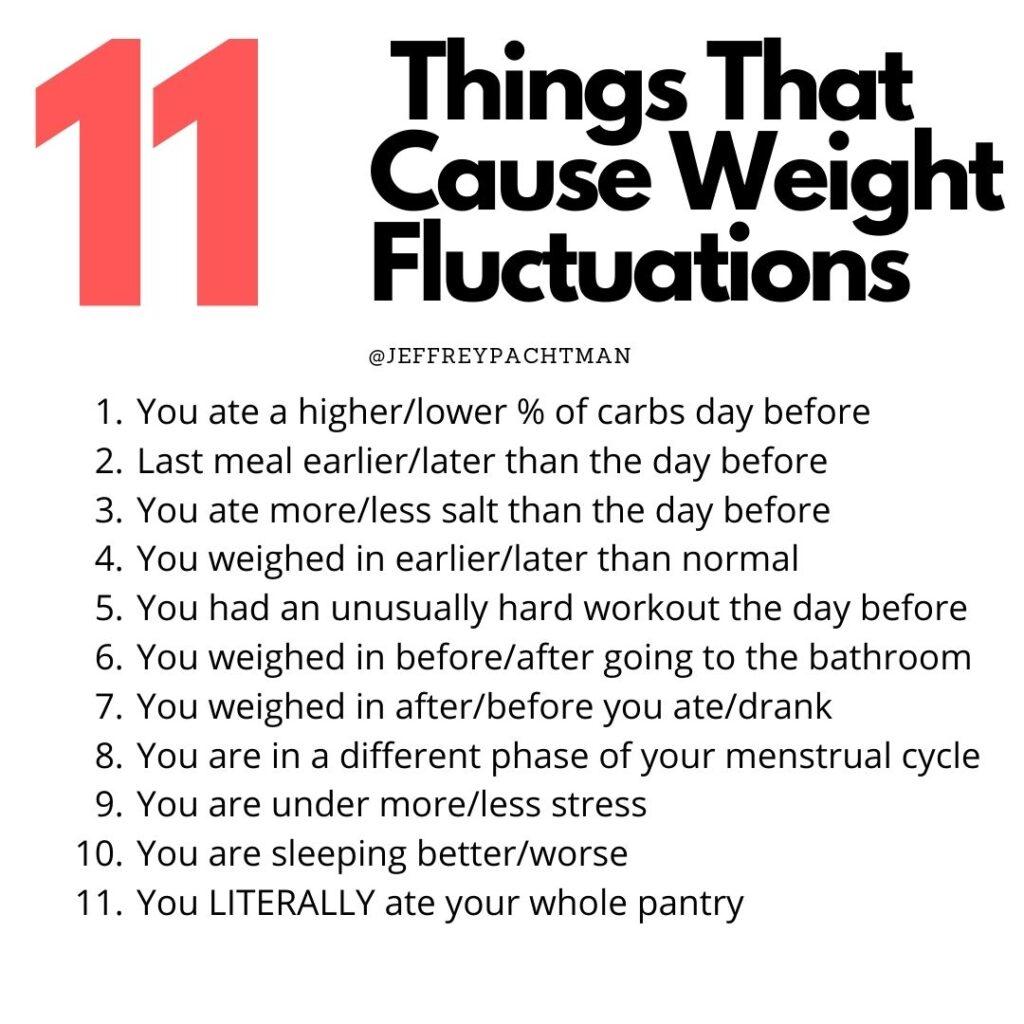
So you can see, the scale is not always going to tell you whether you have actually plateaued because there are so many reasons why it may spike up or stay at a certain weight despite losing body fat.

This is me after an 8-week mini cut that I did. On the left picture I weighed 184 pounds. Guess my weight on the right picture…
You guessed it! 184 pounds.
Is that surprising? It definitely was to me as well. I thought I had plateaued, but it turned out I was losing body fat without my weight changing much at all. Let me explain to you why this happened:
- Eating more carbs on the right. More carbs = more water weight and more glycogen.
- Doing some heavy strength training, and possibly building some muscle while I was losing body fat (yes, this is very possible)
Even though my weight wasn’t moving on the scale, I didn’t let that bother me, and I did notice some other things that told me I was making progress.
Body Measurements
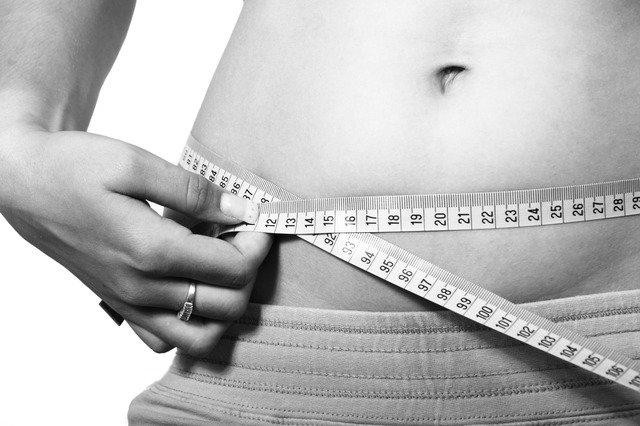
Body measurements, particularly waist measurements, told me that I was losing fat consistently. The waist does not carry much muscle, therefore it is a great indicator of total fat loss. If you waist measurements are going down biweekly or monthly, it is a clear indicator you are losing body fat.
If this is happening, you haven’t actually plateaued, and should KEEP GOING. If you want to know how to break a weight loss plateau, you actually have to hit a plateau first.
Progress Photos
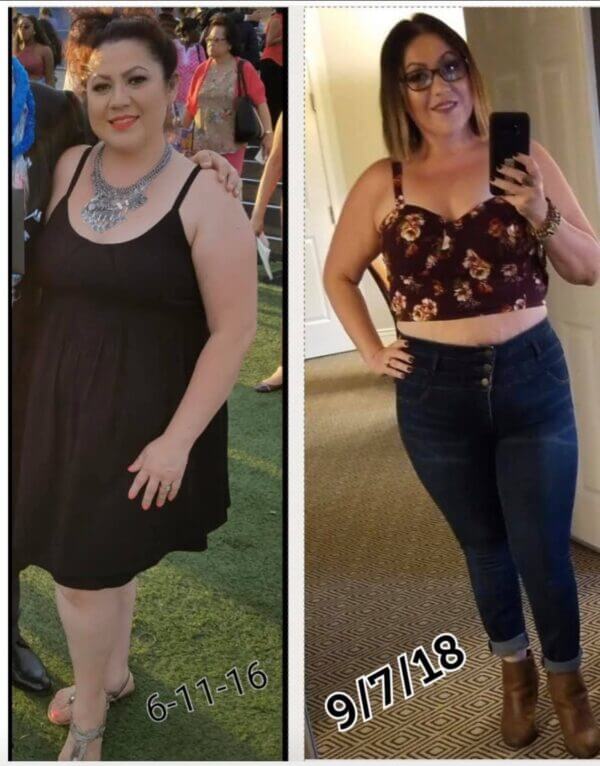
Over the course of 2 years, my online coaching client Destany made some AMAZING progress on her weight loss journey.
Guess how many times she stepped on the scale? Only 5 times! Over the course of 2 YEARS!
Why did she avoid the scale? She would get extremely frustrated and upset with her progress on the scale, so we started taking body measurements and progress photos once a month.
We started seeing some amazing results within the first 3 months, so we kept going.
Without taking progress photos, she wouldn’t have been able to see her progress and document her journey.
I am so lucky to have worked with such an amazing woman.
If you are taking progress photos, measurements, and are being patient and still not seeing results…let’s get into the nitty gritty:
Not tracking calories accurately
Did you know that even registered dietitians underreport their calories?
In one study, 10 female registered dietitians and 10 regular women of similar age and weight compared their recorded food logs for 7 days. The non-dietitians underreported their calories by as much as 429 calories per day, while the dietitians underreported by as much 223 calories per day.
For instance, let’s say someone underreports their calories by 429 calories 7 days a week. That’s over 3,000 calories per week!
We know that a pound of fat is 3500 calories, so underreporting your calories can definitely cause you to not see the progress that you are looking for.
Here are some “hidden” calories that most people miss:
- creamer in coffee
- condiments (ketchup, sugar, sauces)
- cooking oil (even cooking spray can add more calories if you are spraying like a can of raid on a hot Arizona summer night)
- vegetables (even non starchy ones)
- eating out at restaurants frequently
Should you use a food scale to track calories?

Yes. At first.
However, I think you should work on transitioning away from using a scale once you are at a healthy body fat percentage.
It’s important that we recalibrate our internal scale. If you think calorie counting and weighing your food is obsessive, I used to think this as well, however, it may be beneficial from time to time.
In other words, you don’t have to count calories. You don’t have to weigh your food. However, if you have hit a plateau, it might be a good idea to track for a couple days to see where you are missing the mark.
You are not being as consistent as you think.
Just because you eat in a deficit Monday through Friday, that does not mean calories on the weekend don’t count.
In addition, you have to look at calories as a weekly total. If you are in a moderate deficit for the week, you can expect to lose 0.5-1 pounds per week.
However, if you are losing weight slower than that or none at all, you are not in a deficit. You are dropping the ball somewhere.
It’s up to you to find out where you are dropping the ball, and fix it. It’s not your metabolism, your genetics, your hormones— you are just being inconsistent.
Try keeping a consistency calendar:
Mark each day that you hit your calories, protein, steps, and workouts with a big check mark. Alternatively, mark off days that you drop the ball with a big red X.
If, at the end of the month you are at least 80% consistent, you will make progress. If you are less than 80% consistent, now you know why you have “plateaued”.
What to do if you actually plateau…
It’s simple— you can either a.) drop your calories, b.) take a diet break or c.) increase your NEAT.
I’ll explain.
Drop your calories.
You can reduce calories by another 5-10%. For example, if you are eating 2000 calories, you can reduce them by 100-200 calories per day and see if the scale starts to budge. Now it is important to mention, that you should stay patient for 4 weeks before you adjust lower. Even if the scale doesn’t move right away, you may see some awesome results if you are patient.
Take a diet break.
Diet breaks are extremely underrated. The premise is this—go back up to maintenance calories for a week or 2 and give your body a chance to adjust. This will not only help your adherence and consistency, but may motivate you to get back into it once you are done. This is a great time to train heavy, get in some great workouts, and enjoy some of your favorite foods.
Increase Your NEAT
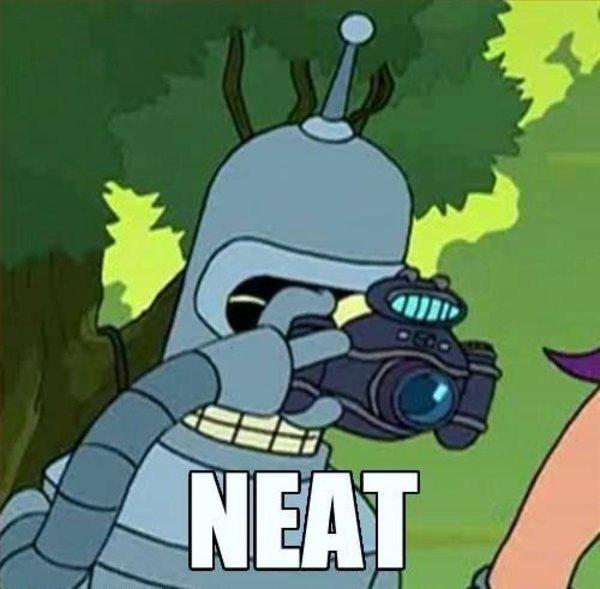
NEAT is an acronym for non-exercise activity thermogenesis. This is a big fancy word for your basic day-to-day activities—walking, doing laundry, shopping, picking up your kids, dancing, etc…It can be really easy to burn an extra 100-200 calories a day just from being more active. Here are a couple of ways to increase your NEAT:
- Park in the back of the store.
- Take the stairs instead of the elevator.
- Get a standing desk.
- 10 minute walk break from work.
- Walk to the store instead of driving
- Pace while you chat on the phone
- Fidget>Standing still
Final Thoughts on How To Break a Weight Loss Plateau
In conclusion, most people have not actually plateaued, it’s usually just a mixture of inconsistency, using poor measures of progress, or being impatient. If this is you, you are not alone. As a matter of fact, most people don’t know how to break a weight loss plateau because they aren’t actually in a plateau.
Also, let me know below what’s your go-to way to break a plateau? Is it increasing steps, decreasing calories, or just taking a break?
PS: If you need some help with your nutrition or training, apply for coaching here.
Talk to you next time.
-JP

